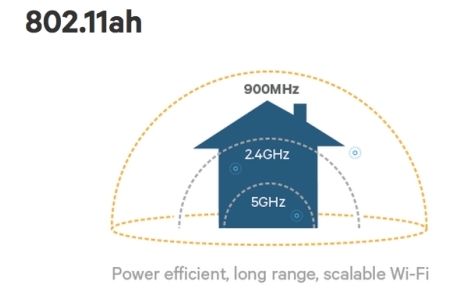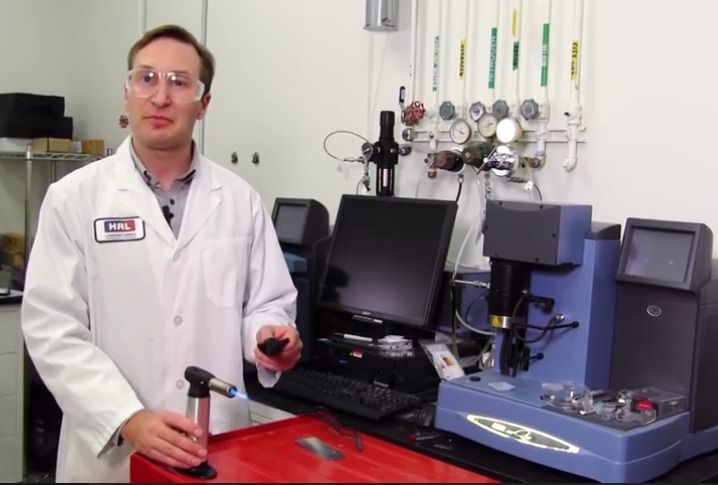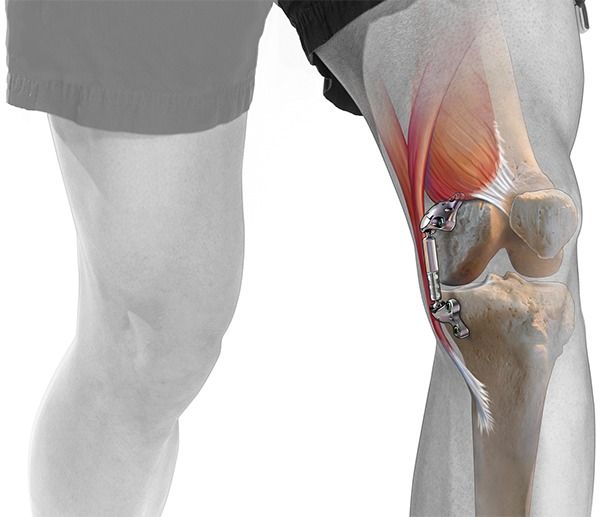Jan 6, 2016
802.11ah WiFi will penetrate walls more easily and use less power
Posted by Shailesh Prasad in categories: energy, internet
Walls and floors can seriously limit the range of your wireless network, but the WiFi Alliance thinks they’ve come up with a fix. Their new 802.11ah standard aims to deliver superior penetration and power savings to boot.
How will 802.11ah do that? By operating in the unlicensed 900MHz spectrum. Today’s WiFi gear operates at either 2.4GHz or 5GHz. Their higher frequencies make it harder for the signals to maintain their strength as they pass through obstructions. That’s one reason Google wants you to pretty up your OnHub router: so that you stick it somewhere out in the open where walls won’t get in the way.
Way down at 900MHz, though, things like walls, floors, and doors won’t be as much of a problem. According to the WiFi Alliance, 802.11ah will also achieve nearly double the range of current standards. There’s another bonus, too. Because the signal doesn’t degrade as much when it passes through objects, devices don’t consume as much power while sending and receiving data.

















